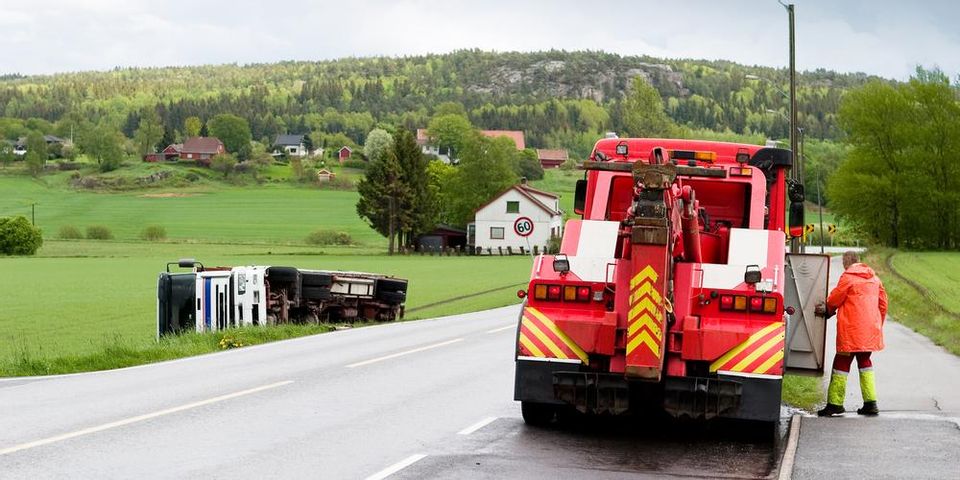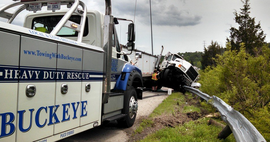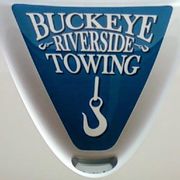What’s the Difference Between Heavy-Duty Towing & Light Towing?

When you find yourself in need of a towing company, it’s crucial that you select a team that can handle the job. It doesn’t do you much good if a company can’t properly tow your vehicle. Because of this, it’s essential that drivers understand the differences between heavy-duty towing and light towing. Here’s what you need to know.
A Guide to Heavy-Duty and Light Towing
Light Towing Is for Smaller Vehicles
Light towing describes a typical tow truck that’s used for hauling smaller vehicles, including sedans, vans, or lightweight pickup trucks. Many towing companies will use both wheel-lift trucks and flatbed trucks. This way, they can easily tow a vehicle that simply needs a new battery, or safely transport a car that was totaled in an accident.
Thanks to their smaller size, these tow trucks can be used in a wide variety of locations, including tightly packed city streets or parking garages.
Heavy-Duty Towing Is for Big Jobs
 As the name implies, heavy-duty towing is for heavy-duty vehicles. These tow trucks are designed to tow loads that weigh more than 17,000 pounds, and the tow truck itself must weigh at least 23 tons. These tow trucks use features like winches, and boom lifts with up to a 25-ton capacity, or a wheel lift capable of supporting up to six tons.
As the name implies, heavy-duty towing is for heavy-duty vehicles. These tow trucks are designed to tow loads that weigh more than 17,000 pounds, and the tow truck itself must weigh at least 23 tons. These tow trucks use features like winches, and boom lifts with up to a 25-ton capacity, or a wheel lift capable of supporting up to six tons.
These heavy-duty tow trucks are often used to recover semi-trucks and other large commercial vehicles. They can also be used for farm equipment, highlighting an impressive versatility for even the toughest conditions.
For both light and heavy-duty towing, you can trust Buckeye Riverside Towing in Cincinnati, OH, to handle the job. Their 24-hour towing and roadside assistance team will help with everything from rollback services to resolving a vehicle lockout. Visit them online to learn more about their services, or call (513) 244-7200 to request help now!
About the Business
(7 reviews)
Have a question? Ask the experts!
Send your question

